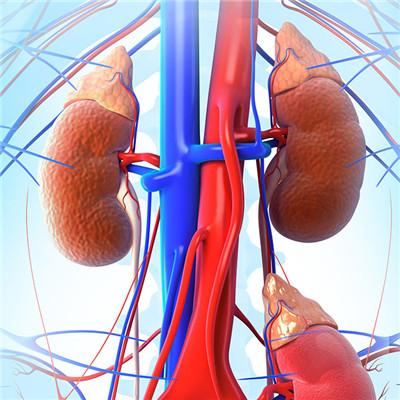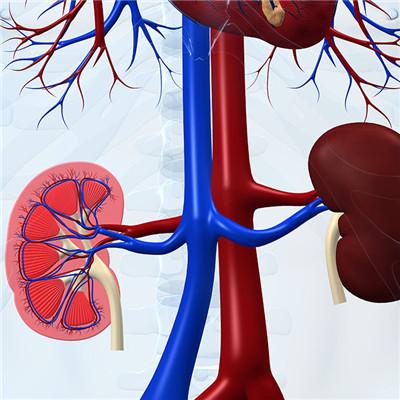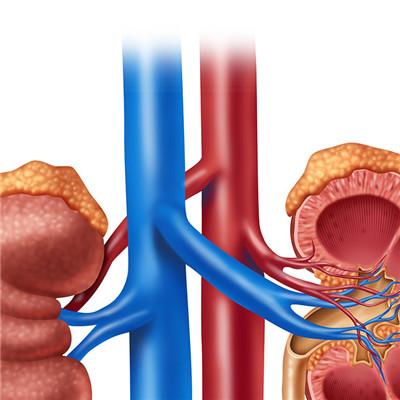Is renal tubular acidosis treated?
summary
Renal tubular acidosis (RTA) is caused by the obstruction of the establishment of hydrogen ion (H +) gradient between the lumen and peritubular fluid of the distal renal tubule, or (and) the disturbance of the reabsorption of bicarbonate ions in the proximal renal tubule. Although some patients have renal tubular acidosis dysfunction, but there is no clinical manifestation of acidosis, it is called incomplete RTA. According to the lesion location and pathogenesis, RTA can be divided into proximal tubular RTA, hypokalemic distal tubular RTA and hyperkalemic distal tubular RTA. Now let's talk about the treatment of renal tubular acidosis?.
Is renal tubular acidosis treated?
First, to correct the acidosis, we should supplement the alkali agent, commonly used citric acid mixture. This mixture can not only supplement the alkali, but also reduce the formation of renal calculi and calcification. You can also take sodium bicarbonate.

Second: supplement potassium, often oral potassium citrate.

Third: prevention and treatment of renal calculi, renal calcification and bone diseases. After taking citrate mixture, urinary calcium will be mainly excreted in the form of calcium citrate, with high solubility, which can prevent renal calculi and calcification. Calcium and calcitriol should be used carefully in patients with severe bone disease without renal calcification.

matters needing attention
1. Hyperchloremic metabolic acidosis due to the obstruction of H + secreted by renal tubular epithelial cells into the lumen or the diffusion of H + in the lumen back to the periphery of the tube, the titratable acid and ammonium ion (NH -) in the urine of the patients decreased, the urine could not be acidified to pH < 5.5, the blood pH decreased and the serum chloride ion (C1 -) increased. However, the anion gap (Ag) is normal, which is different from other metabolic acidosis. 2. Hypokalemia is caused by the decrease of H + in the lumen, so that potassium ion (K +) can replace H + and exchange with sodium ion (Na +), so that K + can be excreted from the urine, leading to hypokalemia. Severe cases can cause hypokalemic paralysis, arrhythmia and hypokalemic nephropathy (polyuria and urine concentration dysfunction). 3. Calcium and phosphorus metabolism disorder acidosis can inhibit renal tubular calcium reabsorption, patients with high urine calcium, low blood calcium, and then secondary hyperparathyroidism, resulting in high urine phosphorus, low blood phosphorus. Severe disorder of calcium and phosphorus metabolism often leads to bone disease (bone pain, osteoporosis and bone deformity), renal calculi and renal calcification.













